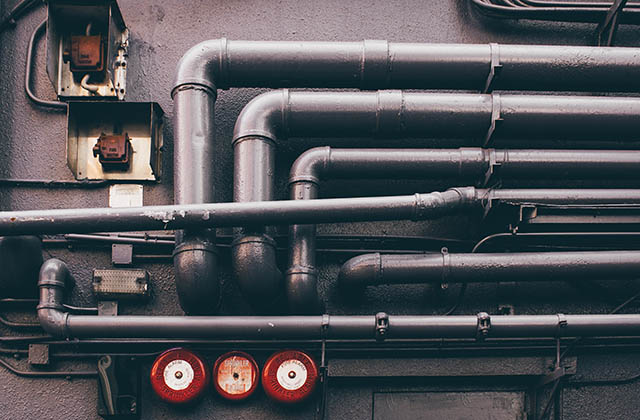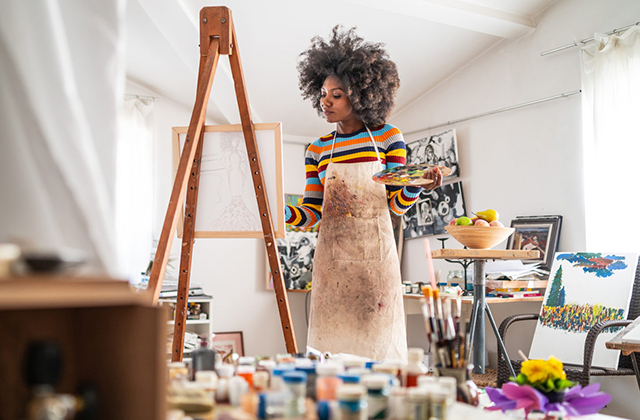Introduction
If you’re looking to replace your table’s top or just want to add a touch of elegance, a glass and mirror shop near me is the way to go. It can really transform the look and feel of your living room or dining room. But installing one isn’t as simple as it sounds. The process requires some planning and measurements (and maybe even some tools). In this article we’ll show you how to install a glass table top in four easy steps.
Step 1: Measure your table top
- Measure your table top. Measure the distance between the legs of your table, keeping in mind that you need to leave room for a 1/8 inch gap all around. Also, make sure you measure across the middle of each leg and not on any sides—this will allow it to rest flat on its feet.
- Measure the size of your glass top as well as its height (it should be approximately 2 inches shorter than your actual tabletop). If you plan on putting anything underneath it (like stones), add this measurement into account as well!
Step 2: Buy glass
- In order to install your glass tabletop, you’ll need tempered glass. Tempered glass is stronger than regular glass, so it’s more resistant to breaking and shattering. You can usually find tempered safety glass at your local hardware store in the area where they sell windows or doors—just make sure that it’s 1/4″ thick (or anywhere from 3/8″ to 7/16″).
- Make sure that the size of your new tabletop matches up with the size of your table frame so that there will be no gaps between them.
Step 3: Choose a frame
You’ll want to choose a frame that matches your style, is sturdy enough to support the glass, and fits the size and shape of your table. You also need to consider what color is going on inside when you make your selection.
If you want an open look with no visible metal parts or screws, choose a metal frame with holes for attaching hardware. The metal will be covered by a fabric border but still needs to be strong enough so that it won’t bend under pressure from two people sitting on opposite sides of the table with food on their plates!
Step 4: Put it all together
- Put it all together
Once you have the glass cut to size and your frame ready for installation, it’s time to put your table top together. Before you begin, make sure that the silicone has thoroughly dried on both the frame and glass. To install the glass top:
- Place clamps along all four sides of a piece of wood or MDF board and rest this board across two sawhorses. The piece of wood will act as a support for your table-top while you work on installing it into place. You’ll need at least two clamps per side; four would be best if you have them available (if not, don’t worry: just follow these directions slowly and carefully).
- Use silicone sealant around each corner where they join together so they won’t separate in future use! This is important because without this step there may be cracks between those joints which could lead to problems down the road so take care when doing this step instead relying solely on glue alone (which isn’t always enough).
A glass table can make any room look beautiful.
Glass table tops are made from tempered glass and are extremely durable. They can be used in any room, including the kitchen. Glass tables are easy to clean, maintain and replace if you’re looking for a different color or pattern. Tempered glass is a type of safety glass that holds up well against high impacts and sharp objects such as knives or broken dishes.
Conclusion
This is a great way to add some character to your home while also making it look more modern and inviting. If you love having people over then a glass table top is perfect for your dining room or living room. With just a few easy steps, anyone can install one of these pieces in no time!


